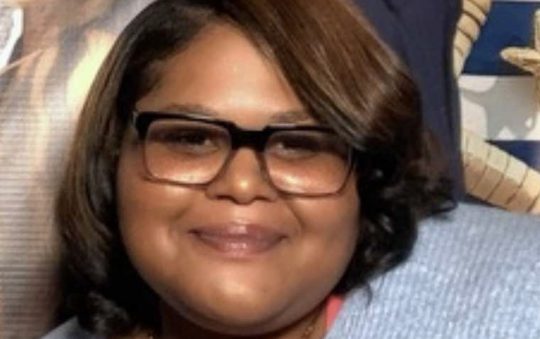
Aiming to educate her 6th grade students about the contributions of African Americans, retired teacher Hazel Harris launched her Black Inventors Traveling Museum in 1980. Forty-five years later, her collection of artifacts, relics, artwork and printed pieces continue to inform and enlighten viewers.
Harris, who retired from LAUSD in 1988, always loved learning and sharing important, yet little known facts with others. So, when she noticed few people were aware of Black inventors, Harris decided to do something about it.
“I’ve always been so intrigued and angry about [how little is known] about our history so I started collecting,” Harris said. “I’d asked friends if they knew people who died and had old things to save them for me and that how I built this collection.”

Related Stories:
https://lasentinel.net/hazel-harris-salutes-others-at-80th-birthday-celebration.html
https://lasentinel.net/lucas-museum-staff-and-international-journalists-visit-l-a-sentinel.html
Prior to retiring, Harris would share her museum with other schools as well as community organizations.
Her eclectic museum contains a range of items including an 1880s-era lantern, which Michael C. Harvey improved in 1884 with an advanced wick-raiser to better absorb the oil; a 1900s-era lawn sprinkler, a product invented and patented by Joseph H. Smith in 1897; and an ironing board, designed and patented by dressmaker Sarah Boone in 1892. Boone was also the first Black woman to receive a patent.
Another highlight is the multitude of pieces representing the inventions of Garrett A. Morgan. Harris’ museum includes hair care products that Morgan created and patented in 1913, a gas mask, which Morgan patented in 1914; and a traffic light, a device he invented in 1923.
On Feb. 23, Harris displayed a portion of her museum at Calvary Baptist Church in Hawthorne where congregants of all ages learned about the African American roots of items used in everyday life. The exhibit featured range of gardening tools, cookware, and even the first sanitary belt women used during menstrual periods, all invented by Black people.
Her printed pieces include books, magazines, calendars, newspapers, and artwork illustrating important events, notable celebrities, and milestone moments in Black history, both locally and nationwide. Also impressive is Harris’ large collection of Black dolls, which reflect their depiction from the early 1900s to current times.

Over the years, Harris has amassed hundreds of items for her museum and educated untold numbers of people about Black inventors.
“I’m hoping that people who see the items in this museum in another place or on TV that they will remember that the item was made by a Black person,” said Harris.










